
Cuisine
Lithuanian cuisine
Lithuanian cuisine is characterized by its use of simple, hearty ingredients and traditional cooking methods. Many dishes are based on potatoes, which are a staple crop in Lithuania. Meat, particularly pork, is also commonly used, as are dairy products like sour cream and cheese. Other common ingredients include beets, cabbage, and mushrooms. Traditional Lithuanian dishes include cepelinai (potato dumplings stuffed with meat or cheese), kugelis (a potato pudding), and šaltibarščiai (a cold beet soup).
Typical ingredients
Potatoes, Pork, Sour cream, Cheese, Beets, Cabbage, Mushrooms, Rye bread, Honey, Berries
Presentation and garnishing
Lithuanian dishes are often served in large portions and are meant to be filling and satisfying. Presentation is not usually a major concern, although some dishes may be garnished with herbs or sour cream.
Lithuanian cuisine has a rich tradition of foraging for wild mushrooms and berries, which are often used in traditional dishes. The country is also known for its honey, which is used in many desserts and pastries.
More cuisines from this region...
History
Lithuanian cuisine has a long history dating back to the pagan times of the country's early tribes. Over the centuries, the cuisine has been influenced by neighboring countries such as Poland and Russia, as well as the country's own rural traditions. During the Soviet era, many traditional Lithuanian dishes were suppressed in favor of more standardized Soviet cuisine. However, since Lithuania regained its independence in 1990, there has been a renewed interest in traditional Lithuanian cuisine.
Cultural significance
Lithuanian cuisine is an important part of the country's cultural heritage, and many traditional dishes are still enjoyed today. The cuisine is also an important part of Lithuanian identity, and is often associated with the country's rural traditions. Many Lithuanians take pride in their cuisine and enjoy sharing it with others.
Health benefits and considerations
Lithuanian cuisine is generally high in calories and fat, and may not be suitable for those on a low-fat or low-calorie diet. However, many traditional Lithuanian dishes are made with simple, wholesome ingredients and can be a good source of nutrients. For example, cepelinai are a good source of protein and carbohydrates, while šaltibarščiai is high in vitamins and minerals.
Lithuanian cuisine dishes Browse all »

Žemaičių blynai
Buckwheat pancakes
Žemaičių blynai is a traditional Lithuanian dish that is made with grated potatoes and served with sour cream or bacon.

Kepta duona
Kepta duona is a Lithuanian dish made with fried bread and garlic.

Daujenu namine duona
Daujenu Namine Duona
Daujenu namine duona is a traditional Lithuanian bread that is made from rye flour and is known for its dense texture and rich flavor.

Kibinai
Kibinai is a traditional Lithuanian dish that is made with a pastry shell and filled with meat and vegetables. It is a popular snack or meal that is often served at festivals...
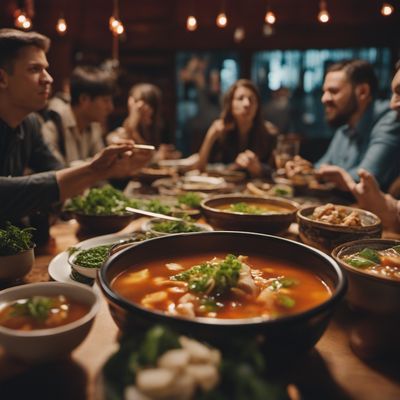
Rūgštynių sriuba
Sour soup
Rūgštynių sriuba is a traditional soup from the Eastern European country of Lithuania. It is a sour soup made with beets, potatoes, and meat. The soup is typically seasoned...

Kukuliai
Kukuliai are Lithuanian meatballs made with ground pork and beef, grated onion, bread crumbs, and milk. They are typically served with a creamy mushroom sauce and boiled potatoes.

Švilpikai
Švilpikai are a traditional Lithuanian dish made with potatoes and bacon. They are a hearty and filling meal that is perfect for cold winter nights.
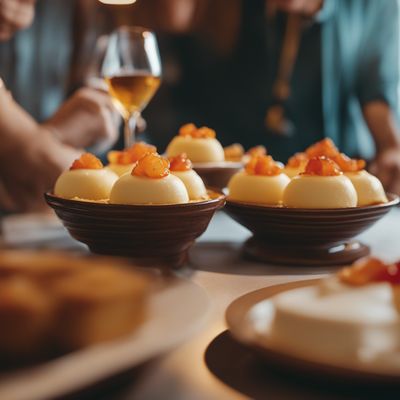
Tinginys
Experience the rich and creamy flavors of this Lithuanian dessert.
Lithuanian cuisine recipes Browse all »

Lithuanian-style Fermented Soybeans
Savor the Tangy Delight: Lithuanian-style Fermented Soybeans

Tinginys - Chocolate Biscuit Fudge
Decadent Chocolate Biscuit Fudge - A Sweet Delight from Lithuania
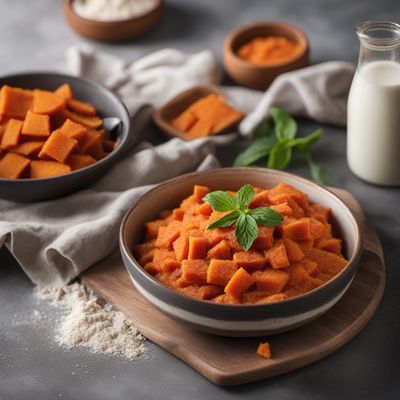
Lithuanian-style Sweet Potato Mekitsa
Velvety Sweet Potato Mekitsa: A Lithuanian Delight
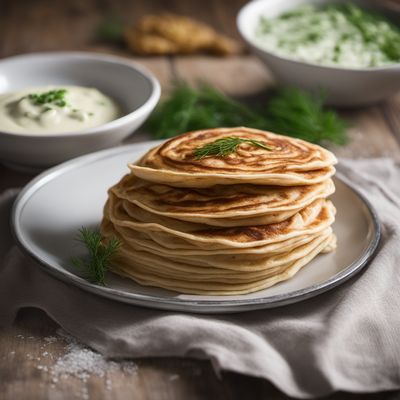
Lithuanian-style Parotta
Flaky Lithuanian Parotta: A Delightful Fusion of Indian and Lithuanian Flavors

Lithuanian-style Bazzoffia Soup
Hearty Lithuanian Bazzoffia Soup: A Taste of Comfort and Tradition

Lithuanian-Style Smoked Pork Ribs
Smokey Delights: Lithuanian-Style Smoked Pork Ribs

Lithuanian-style Drunken Carp
Baltic Delight: Lithuanian-style Drunken Carp
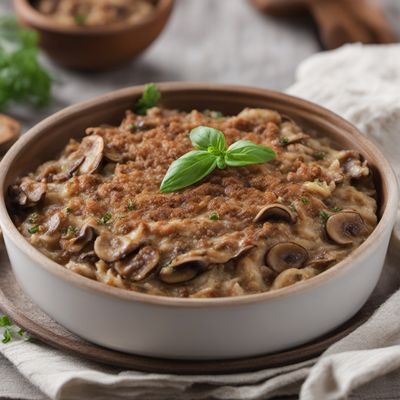
Homemade Lithuanian Koldūnai with Mushroom Filling
Savory Delights: Authentic Lithuanian Koldūnai with a Mushroom Twist
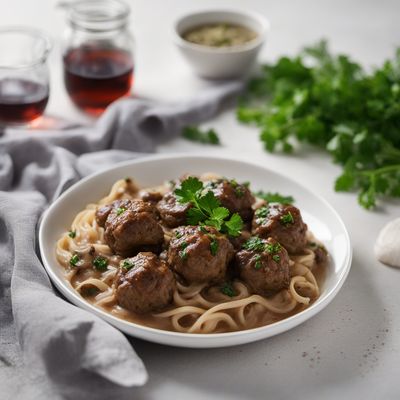
Lithuanian-style Meatballs with Creamy Mushroom Sauce
Savory Delights: Lithuanian Meatballs in Creamy Mushroom Sauce
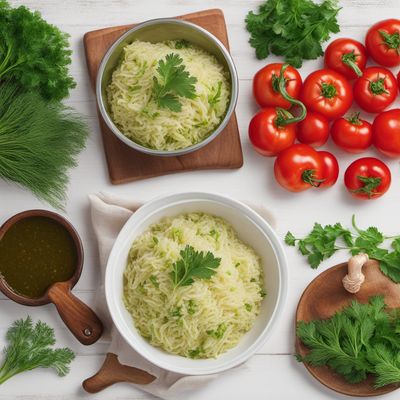
Lithuanian Stuffed Cabbage Rolls
Savory Delights: Lithuanian Stuffed Cabbage Rolls
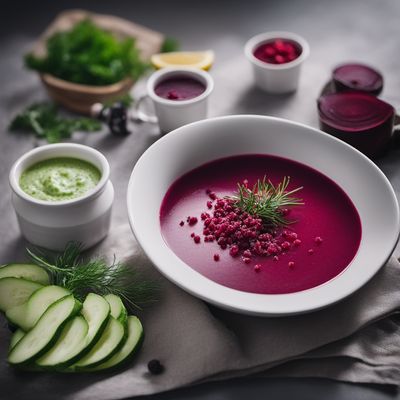
Refreshing Beet Soup
Beet Bliss: A Vibrant Twist on Lithuanian Cuisine

Lithuanian Potato Kugelis
Hearty Potato Delight: Lithuanian Kugelis Recipe